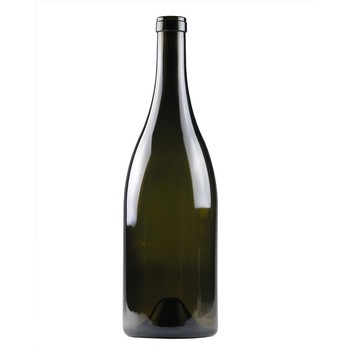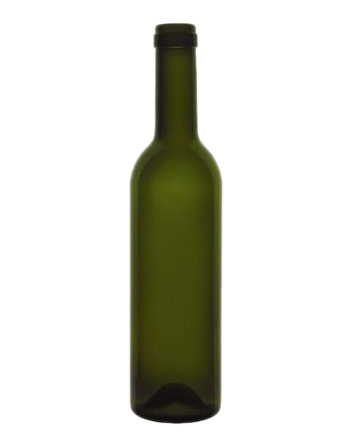-
Shop
The Wines
Experience the terroir of Fog Crest Vineyard with our selection of award-winning wines.
The Goods
Browse the merchandise and apparel available in the Fog Crest Vineyard shop, or purchase a ticket to one of our upcoming events.
-
Visit
Our Tasting Room
High atop the Laguna de Santa Rosa, our well-appointed tasting room boasts one of the most beautiful views in Sonoma County.
Contact & Location
Fog Crest Vineyard is located in beautiful Sebastopol, California in Sonoma County.
-
Wine Club
Join the Club!
Join our wine club for quarterly shipments, complimentary tastings, discounts, exclusive events and more!
Wine Club FAQ
Have questions about wine club membersip? We've got the answers! Read our Wine Club FAQ.
- Events
-
About Us
Our Philosophy
At Fog Crest Vineyard, our unique terroir is married to meticulous viticultural practices, blending modern technology with old-world winemaking.
The Vineyard
Fog Crest Vineyard was established in 1998 in the Russian River Valley American Viticultural Area of Sonoma County, California.
Choosing the Right Bottles and Corks
Choosing the right bottles and corks for each wine is key for quality assurance.
For both our Pinot Noir and our Chardonnays we use traditional Burgundian style bottles, characterized by a wider body and lower shoulders as opposed to the cylindrical shape of the Bordeaux style bottle. This shape bottle provides an instant visual cue about what type of wine is in the bottle.


For reds that may be cellared for several years, we use a dark tinted glass. We do this because direct sunlight can destroy the wine. For wines not meant for long term cellaring, we sometimes use a lighter green color. To show off the beautiful color of rosé, we use a clear bottle.
We also choose a heavier weight bottle with thicker walls that hold temperatures better and transport safer. As we produce a high-quality wine, we believe that a heavier bottle is appropriate and adds value.
We use wine bottles that contain a punt (or the divot that pushes into the bottom of the bottle). While the punt does make the bottle easier to pour it also helps with bottle stabilization when in an upright position. It's tough to stabilize a bottle if it's not perfectly flat on the bottom, which was hard to consistently achieve earlier in bottle making history and is still somewhat true. The punt helps to alleviate that problem.
Large format bottles, while always impressive and fun are actually beneficial for the wine. Because wine is so sensitive to temperature change, light and air, the bigger the vessel the more consistent the environment is, and the happier the wine will be. There are many different sizes in large format, some with very unusual names, but if you go too big the bottle becomes awkward, impossible to pour and difficult to consume unless there a a lot of people drinking. We generally keep our large format program to magnums (1.5 liters) and Jeroboams (3 liters), and only bottle about 2 cases.
Explanation, Guide to all Large Format Wine Bottles, Sizes and Shapes
Choosing the right cork
While it’s far from perfect, natural cork is still the best seal we've come across. During storage in the bottle, the wine still needs to breathe so it can continue to evolve. Cork provides this opportunity, while screw tops do not. A closure that does not allow air to transfer through is not a good idea for wine because it effectively stops the development process of the wine at time of bottling. Screw top wines may seem to be more suspended in time. For that reason, adoption of the technology for higher-end reds that would typically age in a cellar, has slowed. Synthetic corks can’t maintain the seal. Imperfections break down over time and let in too much air. They’re better for whites, again, because they generally don't age as long, but even still, we don’t use them. Glass stoppers are still so new, there’s really no data on their efficacy one way or another, but we'll keep our eyes and ears open for updated info. Meanwhile, it's cork all the way!
Comments
Recent Posts
-
February 11, 2021
-
August 12, 2019
-
July 25, 2019
-
June 11, 2019
-
May 22, 2019
-
February 20, 2019
-
January 11, 2019
-
October 23, 2018
-
October 9, 2018
-
April 23, 2018